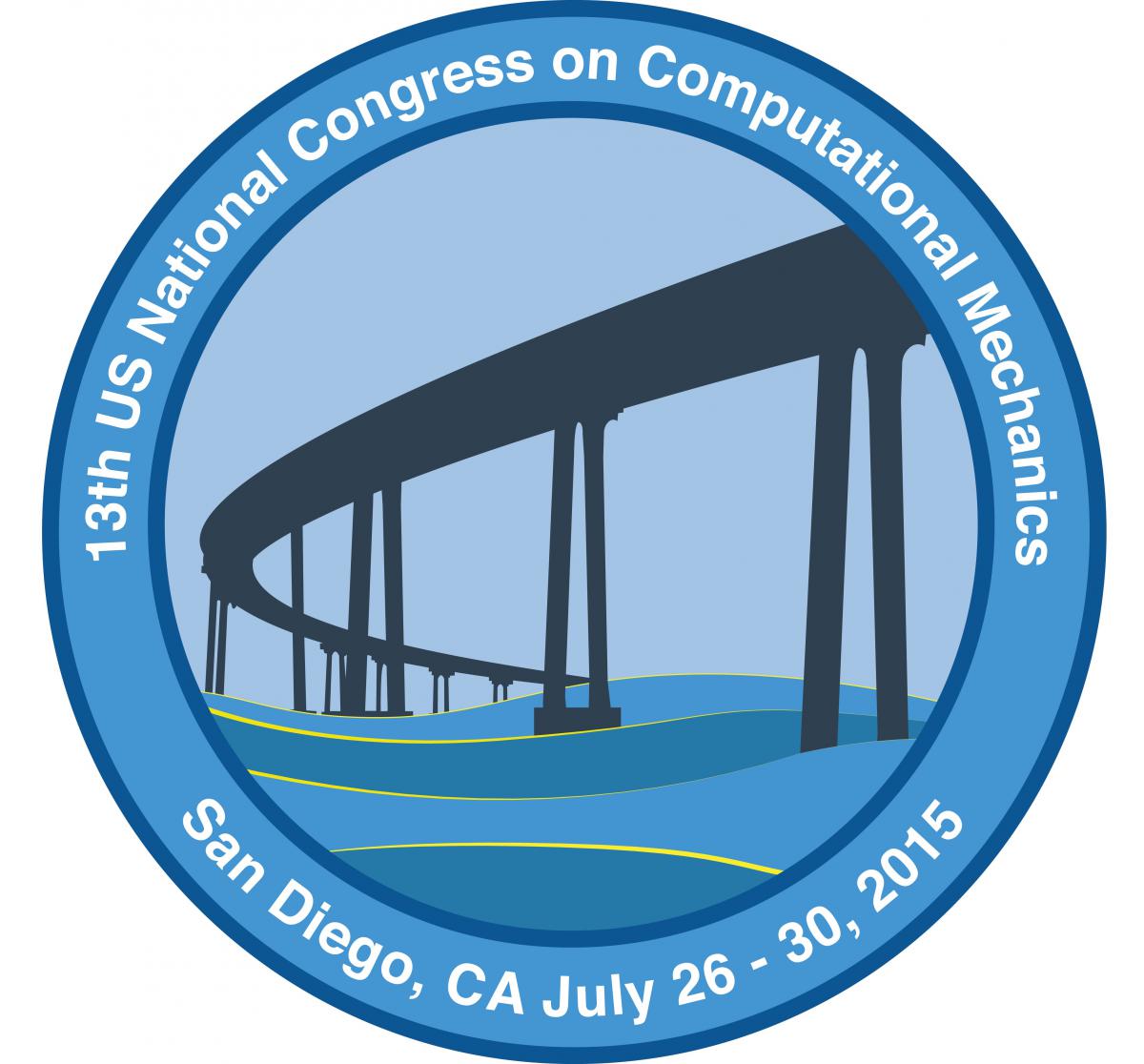Simulation Techniques for Particulate Flow Problems
In the last decades, particle-based simulation methods have received major interest in the field of computational mechanics. They become widespread both in the scientific community and in industry. Nowadays, particle methods like Smoothed Particle Hydrodynamics (SPH), Discrete Element Method (DEM), Molecular Dynamics (MD) and Particle Finite Element Method (PFEM) are well-established techniques to solve many different scientific and engineering problems. Often Lagrangian particle-based methods are coupled with classical Eulerian mesh-based methods leading to a hybrid Eulerian-Lagrangian model for the simulation of particulate flow problems like fluidized beds, cuttings transport in oil-drills, fluid-soil-structure interactions and pneumatic conveying. However, also other fully Lagrangian approaches, like PFEM, have been proposed for particulate flow simulations and successfully applied within engineering design applications.
The objective of this minisymposium is to provide a platform for researchers working in the area of particle-based simulation methods where presentations of recent research results and investigating applications in the field of particulate flows are discussed. The intention is to cover all aspects of particulate flow modeling and simulation techniques – ranging from fluid-solid coupling approaches to efficient solution algorithms. Of course, all related subfields are welcome as well in this minisymposium.





